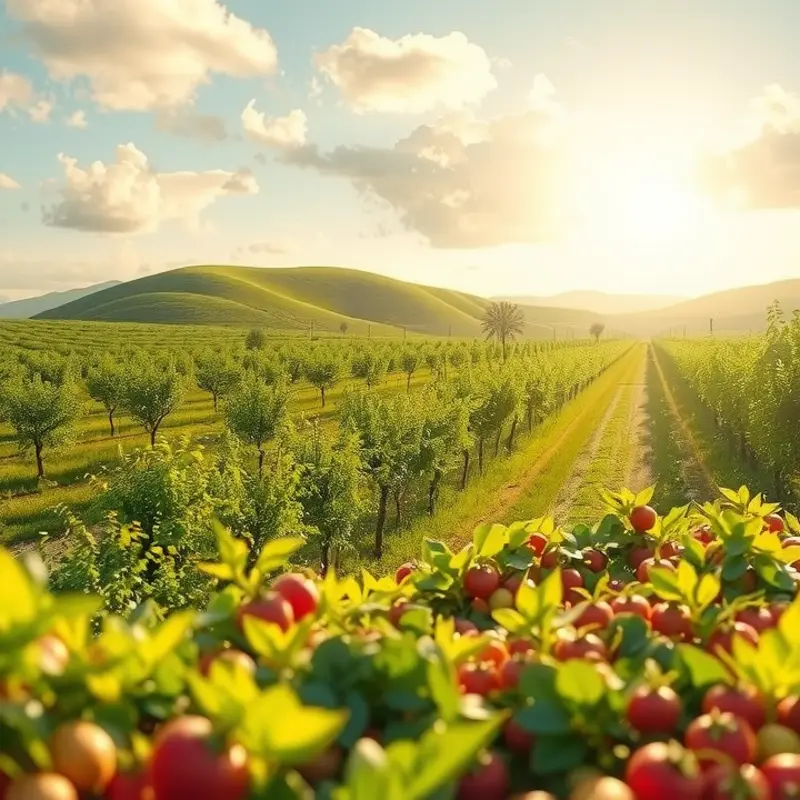Soft cheeses, with their creamy texture and rich flavors, can elevate any dish. However, they can also spoil quickly if not stored properly. Knowing how to handle, store, and utilize these delicate products can dramatically enhance your food management skills. This guide provides actionable tips to keep your soft cheeses fresh for longer, minimize waste, and ensure a delicious culinary experience.
Understanding Soft Cheese Storage

To master the preservation of soft cheeses, aligning storage methods with their delicate nature is essential. Each type of soft cheese—from Brie and Camembert to ricotta and mascarpone—requires unique care in storage. The right container is your starting point. Opt for breathable materials like wax paper or parchment, which prevent excessive moisture while permitting airflow. Avoid tightly sealed options like plastic wrap that trap unwanted moisture and foster spoilage.
Temperature is a critical factor. Soft cheeses thrive in environments marginally warmer than standard refrigerator settings. Aim for temperatures between 35 and 45°F. This range helps maintain the cheese’s texture and flavor without promoting bacterial growth. For precision, consider investing in a refrigerator thermometer.
Humidity control is another crucial aspect. Excess moisture speeds up spoilage, so maintaining an optimal balance is key. Cheese drawers or vegetable compartments provide a better humidity environment for cheese than open shelves. If these aren’t available, create a makeshift humidity-controlled space by placing a damp paper towel with the cheese in a perforated container.
Air exposure dramatically affects cheese quality. Oxygen can oxidize fats, leading to off-flavors and dry surfaces. Limit air exposure by wrapping cheese tightly, but not so tightly that it cannot breathe. Ensure regular checks for spoilage and re-wrap if necessary to avoid odors transferring between different cheese types.
While these strategies enhance storage quality, spoilage can still occur. Recognize signs such as ammonia smells, overly slimy texture, or unusual discoloration. When detected early, a simple trim can salvage the cheese.
Finally, consider ways to reduce cheese waste by repurposing leftovers. Cheeses nearing their expiration can be integrated into cooked dishes where slight texture changes won’t impact enjoyment. If you’d like more tips on sustainable kitchen practices, you might be interested in eco-smart kitchen storage.
The principles laid out here will serve to make the most of your cheese supply, with longevity in mind. A little attention to detail in storage can yield a significant payoff, ensuring your cheeses are as delightful at the end of their shelf life as they are at the beginning.
Utilizing Leftover Soft Cheese

Leftover soft cheese often becomes an unfortunate statistic in the world of food waste, languishing unused in refrigerators. Yet, these creamy delights hold a wealth of culinary possibilities. Reimagining how we utilize soft cheese enhances meals and minimizes waste. Consider transforming them into delectable dips. Mixing soft cheese with herbs, spices, and a squirt of citrus juice creates a fresh companion for vegetable sticks or crackers. Another option is blending soft cheese with roasted garlic and sun-dried tomatoes for a Mediterranean twist.
Spreads offer another avenue for creativity. Incorporating leftover cheese into a spread can elevate the humble slice of bread. Whip the cheese with some honey and crushed nuts for a sweet-and-savory mix. Alternatively, add chopped fresh herbs and a pinch of salt for a savory sensation.
Soft cheese can shine in baked goods, too. Add them to pastries or savory muffins for unexpected moisture and flavor. Imagine adding a dollop to puff pastry, complemented by a sprig of rosemary, before baking until golden brown. The result is a sophisticated appetizer or snack.
Even dessert isn’t off-limits. Soft cheese can enrich cheesecakes or frostings, providing a creamy texture and mild flavor that balances sweetness. A small amount in biscuit recipes adds tenderness, creating deliciously crumbly treats.
Freezing soft cheese is another strategy to combat waste, though not all varieties handle the cold equally well. Cheese with higher moisture content may suffer from textural changes. To freeze effectively, wrap the cheese tightly in plastic wrap and place it in an airtight container. Use frozen cheese in cooked dishes, like sauces or casseroles, where texture alterations are less apparent.
To defrost, move the cheese into the refrigerator and allow it to thaw slowly. Quick defrosting methods, such as microwaving, can negatively impact the texture, so patience is essential. Once thawed, whisk the cheese to restore some of its original creaminess before using it in recipes.
By embracing creative uses for soft cheese, we not only reduce waste but also open our kitchens to a versatile ingredient. For more on sustainable kitchen practices, check out this guide on eco-smart kitchen storage.
Final words
Proper storage and creative utilization of soft cheeses can significantly extend their shelf life and reduce waste in your kitchen. Understanding the nuances of humidity, temperature, and proper containers is key to effective food management. Additionally, don’t overlook the potential of using leftover cheeses in delicious recipes that add flair and reduce waste. By following these outlined strategies, you can enjoy the rich flavors of soft cheeses while maintaining responsible food practices in your home.







